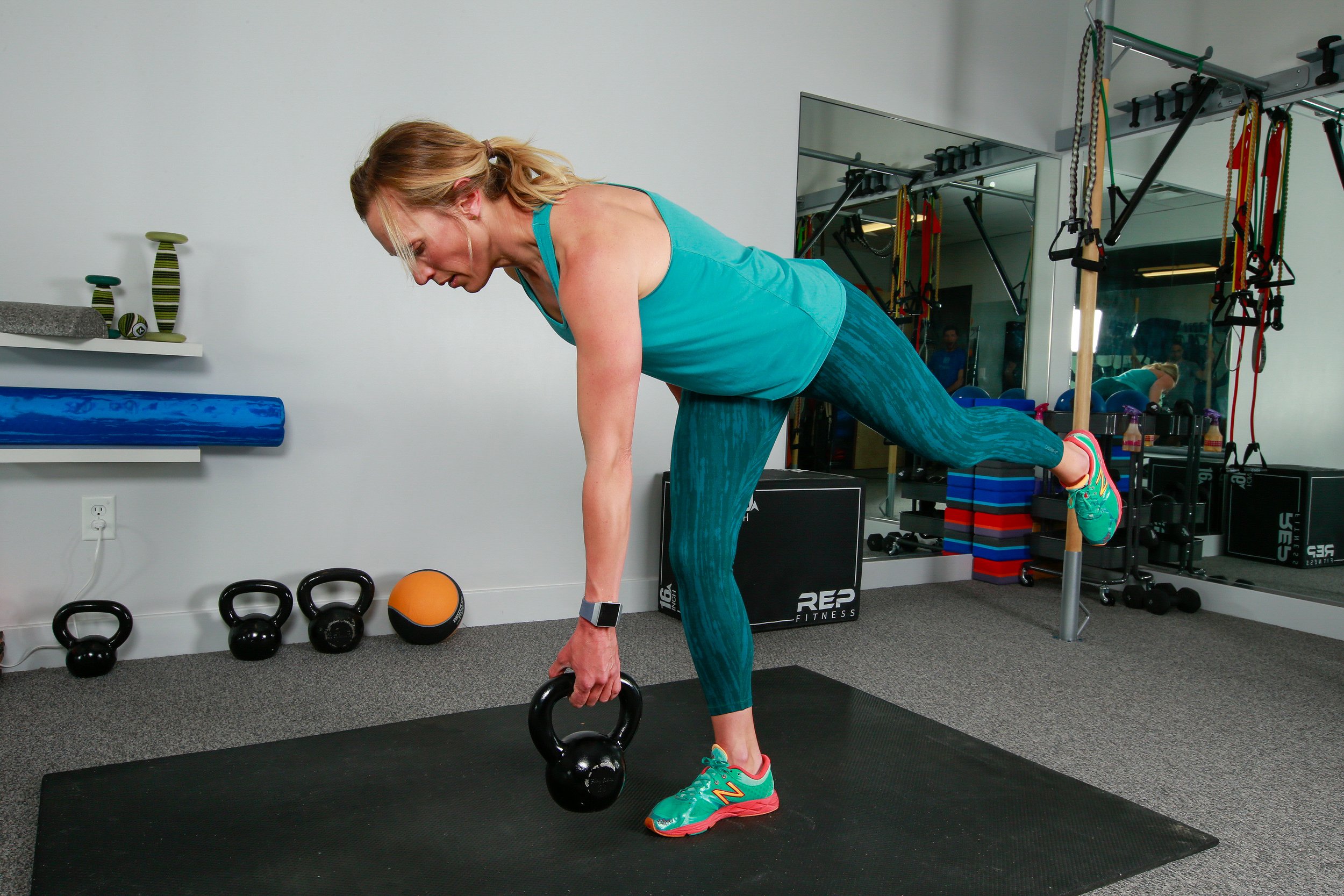Strength training is an essential intervention we utilize in our Boulder Physical Therapy practice to rehabilitate all levels of running athletes. Previous research has shown significant benefits of strength training in runners on injury prevention, 50% less risk for future injury, and performance, primarily through improvements in running economy compared to their peers utilizing endurance training alone. Previous research has been conducted using moderate to heavy loads (75-85% of 1 repetition max) without detrimental effects to running performance or the often quoted but consistently disproven fear of weight trained runners increasing body mass.
How Does Strength Training Improve Running Performance?
February 16, 2022

